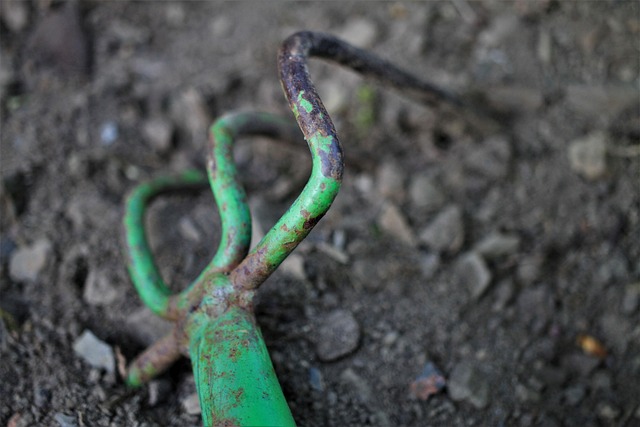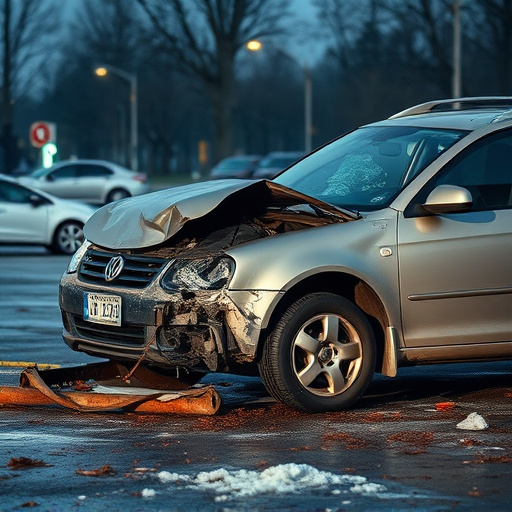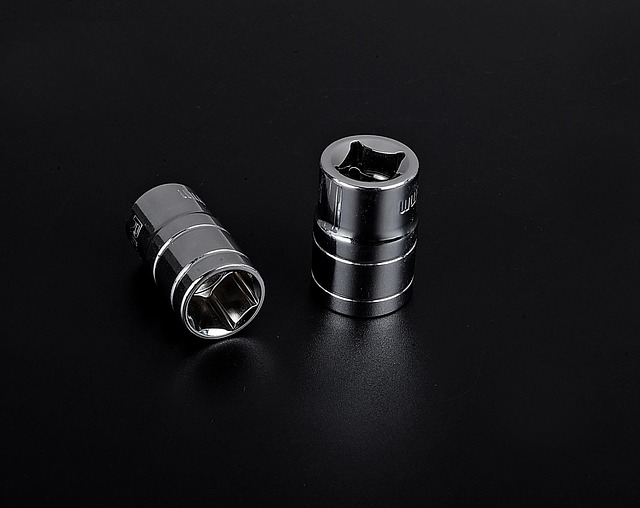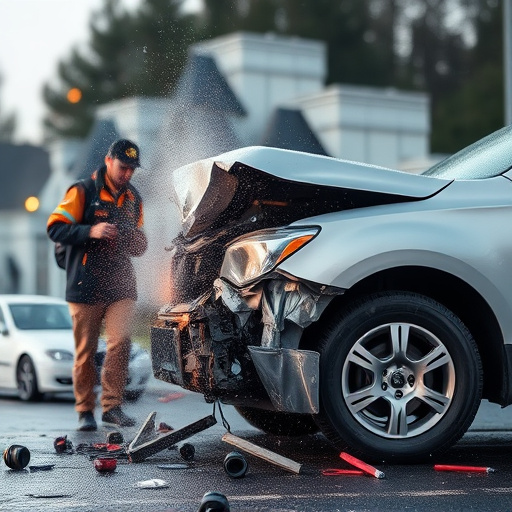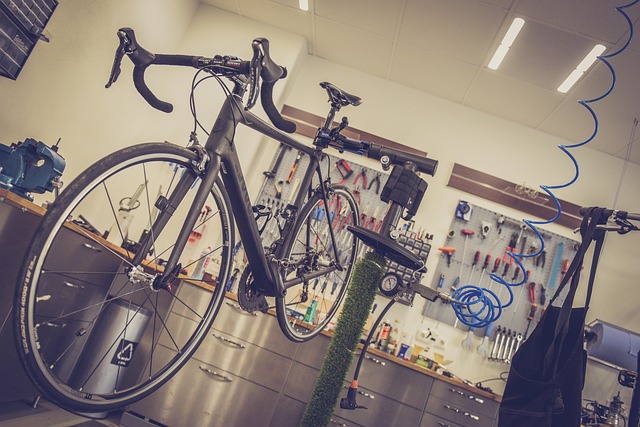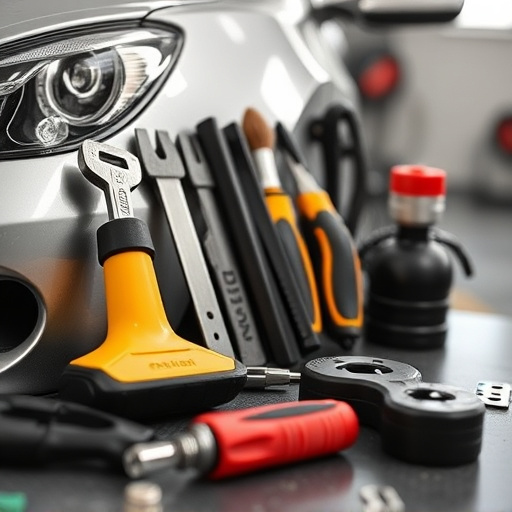Detailing after a collision is crucial for both vehicle aesthetics and long-term health. Professional shops offer comprehensive packages using eco-friendly practices like low-VOC paints and advanced recycling. This process protects against future damage, extends lifespan, and promotes sustainable auto care by minimizing environmental impact through responsible maintenance practices.
After a collision, proper detailing plays a pivotal role in auto restoration, going beyond aesthetics. It prepares vehicles for sustainable care, ensuring long-term safety and performance. This article delves into the significance of post-collision detailing, exploring its key components and how it promotes eco-friendly practices. By understanding these aspects, car owners can make informed choices, benefiting both their vehicles and the environment. We’ll discuss the long-lasting positive effects on your vehicle’s health and overall sustainability.
- The Role of Detailing in Auto Restoration
- Sustainable Practices After Collision Repair
- Long-Term Benefits for Your Vehicle's Health
The Role of Detailing in Auto Restoration
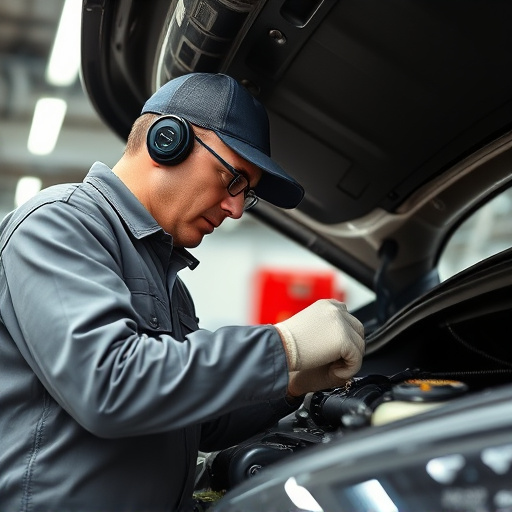
Detailing plays a pivotal role in auto restoration, especially after a collision. It’s more than just cleaning; it’s a meticulous process that brings a vehicle back to its pre-accident condition or even enhances its aesthetics. After a car collision repair, detailing services go beyond fixing structural damage and dent removal. They restore the car’s finish, preserve its value, and protect its interior from wear and tear.
A professional car body shop offers comprehensive detailing packages that cater to various needs. From exterior polish and wax applications to deep cleaning the interior, these services ensure every surface is restored or renewed. This not only improves the visual appeal but also increases the life expectancy of the vehicle. By investing in detailing after collision repair, car owners can contribute to sustainable auto care while enjoying a sleek, like-new ride.
Sustainable Practices After Collision Repair
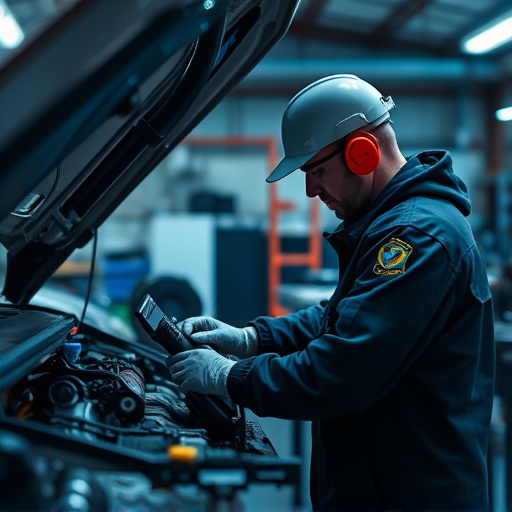
In the realm of sustainable auto care, detailing after a collision plays a pivotal role in environmental stewardship. When a vehicle undergoes collision repair, it’s essential to integrate eco-friendly practices throughout the process. A reputable collision repair shop can lead this charge by utilizing low-VOC (volatile organic compound) paints and solvents, which reduce air pollution compared to traditional products. Additionally, these shops often invest in advanced recycling programs that capture and recycle materials like metal, plastics, and glass from damaged cars, preventing them from ending up in landfills.
Moreover, collision repair services can promote sustainable detailing by offering or advocating for the use of biodegradable cleaning agents and water-based coatings. These alternatives minimize the environmental impact associated with traditional chemical cleaners and finishes. By adopting these practices, both the collision repair shop and car owners contribute to a greener future, ensuring that each fender bender isn’t an eco-disaster but rather a step towards responsible vehicle maintenance.
Long-Term Benefits for Your Vehicle's Health
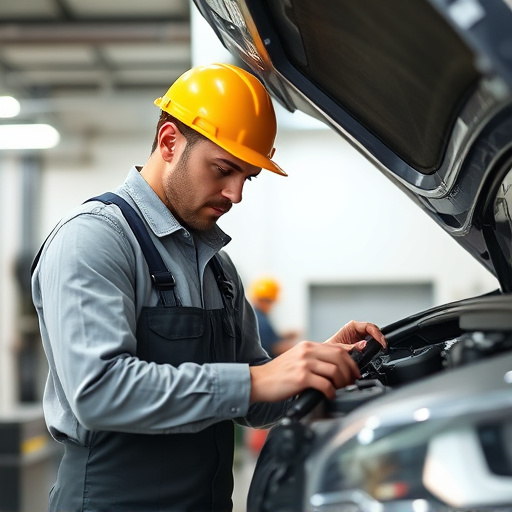
Investing in detailing after a collision goes beyond aesthetics; it offers long-term benefits for your vehicle’s health and overall performance. By thoroughly cleaning and restoring your car, you create a protective barrier against future damage. This process, which includes auto painting, dent removal, and meticulous interior conditioning, not only enhances the car’s visual appeal but also prepares it to withstand environmental challenges.
Regular detailing serves as a crucial part of preventive maintenance, ensuring that minor issues don’t escalate. It prolongs the lifespan of your vehicle by maintaining its structural integrity and keeping surfaces in optimal conditions. Furthermore, proper detailing makes it easier to identify any potential problems early on, making repairs more manageable and cost-effective in the long run.
Detailing after a collision is more than just aesthetics; it’s a key component of sustainable auto care. By incorporating meticulous cleaning and protection measures, collision repair centers can ensure vehicles not only look their best but also maintain optimal health for years to come. This practice not only satisfies owners seeking top-notch results but also contributes to a greener automotive landscape by extending the lifespan of vehicles, reducing waste, and promoting responsible resource management. Thus, prioritizing detailing after collision is a win-win strategy for both vehicle owners and the environment.

